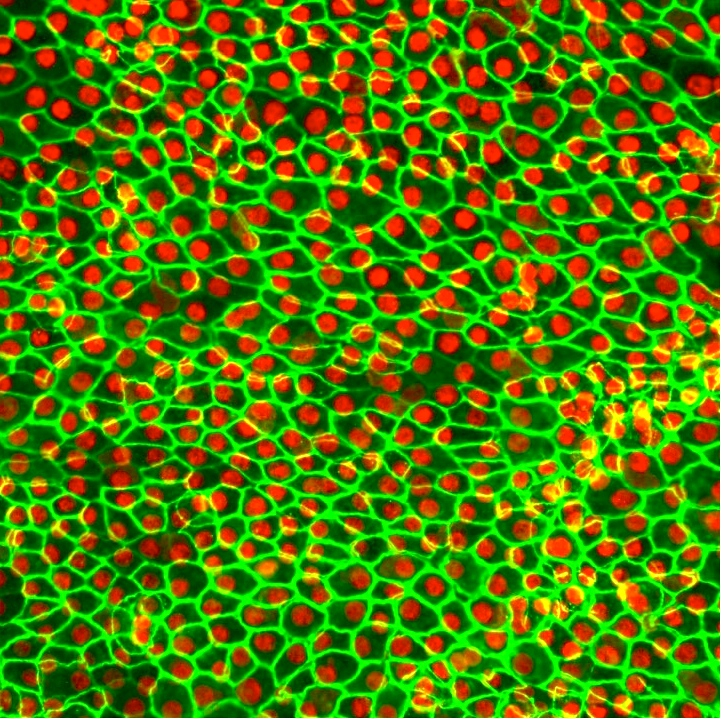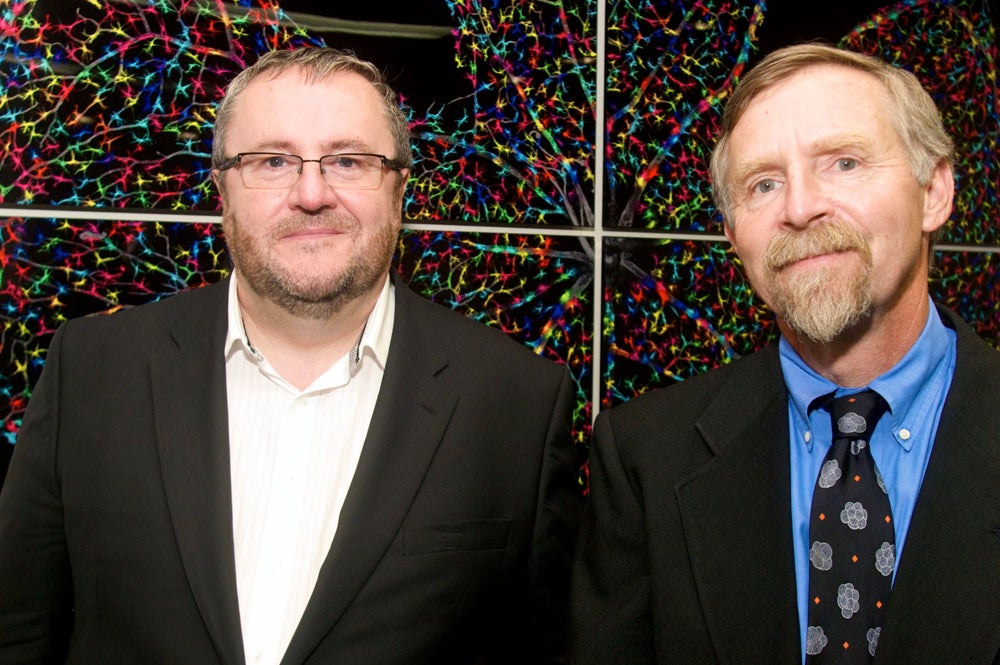
A New Treatment for Macular Degeneration

A clinical trial using stem cell-derived ocular cells for the treatment of wet age-related macular degeneration (AMD) has been initiated in England. This was a major milestone for the London Project to Cure Blindness, which aims to cure vision loss in people with wet AMD. The organization was founded 10 years ago by UC Santa Barbara’s Peter Coffey, a professor at the campus’s Neuroscience Research Institute.
The surgery was performed on a patient last month and no complications have arisen to date. The team hopes to determine the patient’s outcome in terms of initial visual recovery by early December.
“Cellular therapy has tremendous potential for treating all types of age-related macular degeneration,” said Coffey’s colleague Dennis Clegg, the Wilcox Family Chair in BioMedicine in the Department of Molecular, Cellular, and Developmental Biology. “Regenerative medicine using stem cells will likely become a major weapon to fight many diseases.”
Clegg is also co-director of the California Project to Cure Blindness, a collaborative effort aimed at developing a stem-cell-based therapy for AMD. The project is funded by the California Institute for Regenerative Medicine (CIRM), the state’s stem cell agency, which funds Coffey’s research.
Macular degeneration accounts for almost 50 percent of all visual impairment in the developed world and usually affects people over 50 years of age. In people with AMD, the central (reading) vision is affected while the surrounding vision remains normal.
AMD takes two forms: wet and dry. Wet AMD is generally caused by abnormal blood vessels that leak fluid or blood into the region of the macula in the center of the retina. Wet macular degeneration almost always begins as dry macular degeneration.
Dry AMD is the most common type of macular degeneration and affects 90 percent of the people who have the condition. In the dry form, a breakdown or thinning occurs in the layer of retinal pigment epithelial cells (RPE) in the macula. These RPE cells support the light sensitive photoreceptor cells that are critical to vision.
The ongoing trial at Moorfields Eye Hospital in London is investigating the safety and efficacy of transplanting RPE derived from stem cells to treat people with sudden severe visual loss from wet AMD. Diseased cells at the back of the eye are replaced with RPE cells via a specially engineered patch inserted behind the retina. The surgical procedure generally takes one to two hours.
In total, the trial will recruit 10 patients over a period of 18 months. Each patient will be followed for a year to assess the safety and stability of the cells and the degree to which their vision is restored.
“We are tremendously pleased to have reached this stage in the research for a new therapeutic approach,” said Coffey. “Although we recognize this clinical trial focuses on a small group of AMD patients who have experienced sudden severe visual loss, we hope that many patients may benefit in the future.”



